Three areas of Northamptonshire that are 'bending the trend' over Covid-19 cases
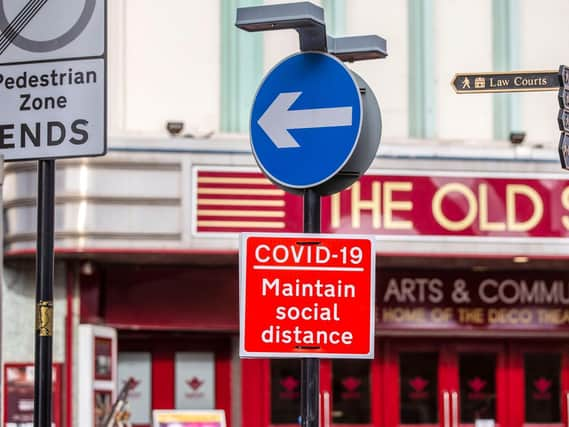

Three areas of Northamptonshire are 'bending the trend' and seeing Covid-19 infection rates falling.
Villages around Silverstone in South Northamptonshire, Brixworth and King's Cliffe in the far north of the county are all among those areas with the lowest infection rates in the country.
Advertisement
Hide AdAdvertisement
Hide AdSilverstone, Syresham & Helmdon saw four new cases in a seven-day period to November 17, giving it a "rolling rate" of 60.8 positive tests per week per 100,000 people.
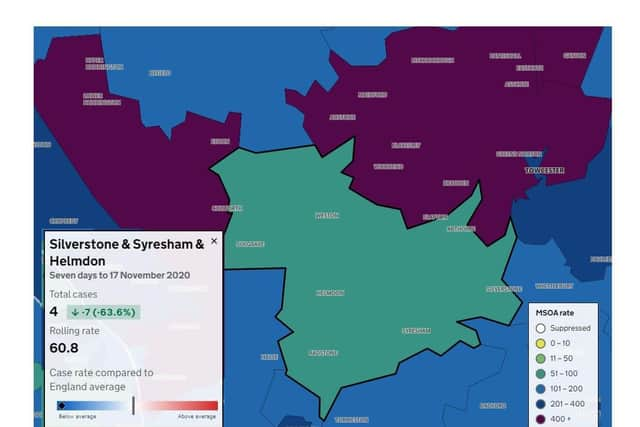

King's Cliffe, Woodnewton and Easton — on the county border — also saw four cases with a "rolling rate" of 62.3 per 100,000.
And Brixworth & Spratton saw eight new cases with a "rolling rate" of 89.3 per 100,000.
Data analysts divide the county into areas with roughly equal population — around 7,200 — to find comparisons on how coronavirus is spreading using figures for new positive tests and calculating the number assuming each 'Middle Layer Super Output Area' had a 100,000 people.
Advertisement
Hide AdAdvertisement
Hide AdAll those who test positive are told to self-isolate for ten days while close contacts identified by the Test and Trace service must stay at home for two weeks.
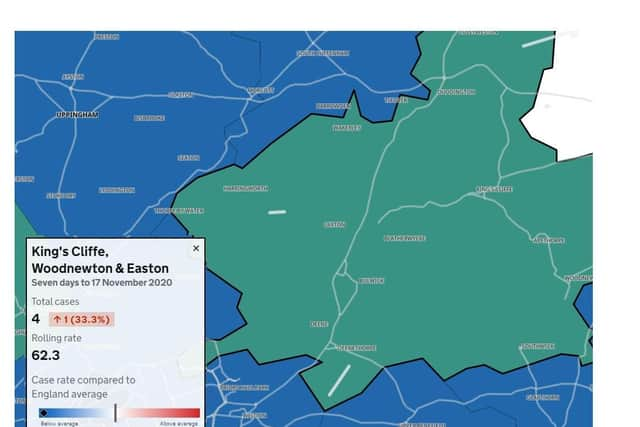

If your own area is not listed here, you can find it by entering a postcode on an interactive map which is updated daily on the Government's coronavirus dashboard.
The average infection rate across all of Northamptonshire is 205 up to November 17.
That has dropped from a peak of 240 five days earlier, however, prompting calls from Public Health chiefs not to be complacent as the number of new positive tests begins to fall two weeks into the national lockdown.
Advertisement
Hide AdAdvertisement
Hide AdLucy Wightman, Director of Public Health at Northamptonshire County Council, said: “People need to act now to protect themselves, their children, parents and friends from the virus and avoid more hospital admissions in our county.
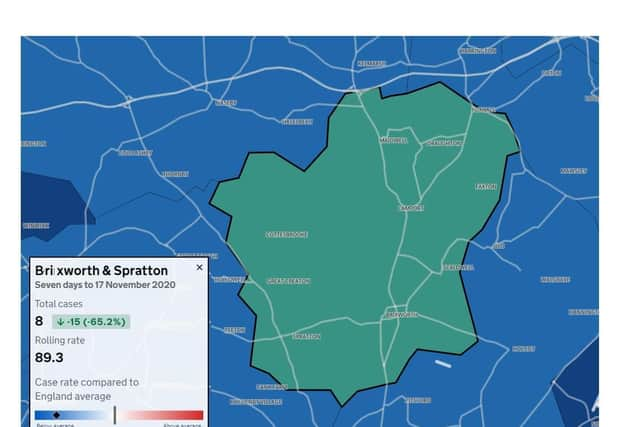

"If you must go out then practice Covid-19 safe behaviour or you could take the virus back to your loved ones at home.
“Those of you who need to leave home for work, essential shopping or school runs; on buses, trains, or car-sharing – you must not be complacent. Wearing a face mask, using hand sanitizer or washing hands regularly and keeping a safe distance at all times are all essential practices if we are to prevent further transmission. Practice these behaviours consistently everywhere you go and you will be reducing the risk to yourself and others.”
If you have Covid-19 symptoms — high temperature, continuous cough or loss of or change in sense of smell or taste — you should immediately self-isolate and book a test.
Advertisement
Hide AdAdvertisement
Hide AdIf you test positive, you must self-isolate for ten days – with your household isolating for 14 days - do not go to your workplace, to school or to the shops. Either work from home or report sick.
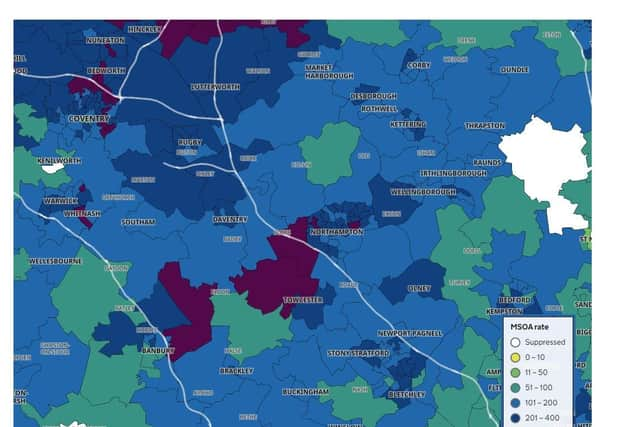

Those who test positive for Covid-19 will be helped by the NHS test and trace service to identify the people they’ve recently been in contact with so they can be alerted and also self-isolate if required.
Tests can be booked on the Test and Trace app, online at nhs.uk/coronavirus or by calling 119.